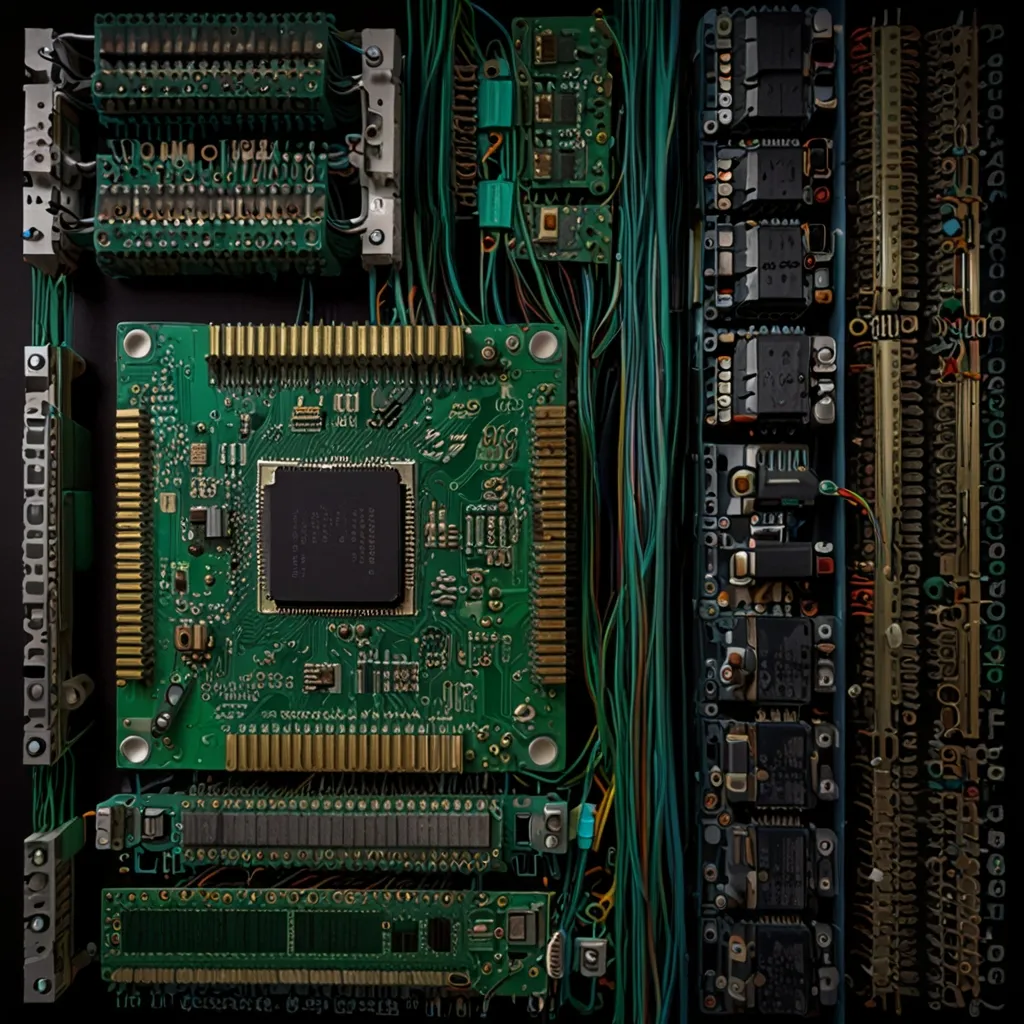When diving into the realm of computer programming, there’s a fascinating and mighty language that connects the abstract world of software with the solid ground of hardware: assembly language. It’s a low-level programming gem, speaking directly to a computer’s innards, making it indispensable in places where performance and meticulous control can’t be compromised.
Assembly language, often tagged as ASM or asm, is essentially a human-friendly version of machine code instructions. Rather than being a jumbled mess of binary digits, it uses readable symbols and mnemonics to represent those machine commands. For instance, “MOV X, Y” in assembly language tells the CPU to move values around, translating directly to a machine code instruction. So while raw machine code looks like a nightmare, assembly code is at least understandable to us mortals.
Turning assembly code into something a computer can run involves an assembler. This nifty program translates each assembly instruction into the machine code equivalent, enabling the CPU to get on with its job. The term “assembler” first popped up in a book in 1951, used by Wilkes, Wheeler, and Gill, describing it as something that brings various program sections together into one executable piece.
One intriguing thing about assembly language is it’s absolutely married to the specific architecture of the computer it works on. This relationship means assembly language for one processor won’t play nicely with another without some tweaking. But this tight relationship also lets assembly language harness the processor’s full potential, making it super efficient for tasks needing direct hardware tinkering.
Assembly language shines in various critical roles where performance and low-level control are crucial. For example, it’s the star in the boot code of systems, handling hardware tests and initialization before the operating system shows up. Found mostly in ROM (Read-Only Memory), it showcases assembly language’s talent in directly chatting with hardware components.
In operating system kernels, assembly language is a must-have. These kernels access hardware resources directly and can’t lean on pre-existing system calls, necessitating the use of assembly. Also, some compilers translate high-level languages into assembly code before the final compilation, giving developers a chance to peek and tweak the generated code for maximum efficiency.
Speaking of efficiency, assembly language trumps higher-level languages because it dodges the extra bulk added by compilers. Writing in assembly means you only include what’s necessary, leading to slicker and faster execution. But this edge comes at a price - a steeper learning curve and a need to understand the hardware deeply.
Getting the hang of assembly language involves learning computer architecture side by side. Knowing how registers, opcodes, and memory interact is key to writing good assembly code. Picking an architecture to start with, like RISC-V, which has a straightforward instruction set architecture (ISA) and is gaining popularity, can be a good move.
There’s no shortage of tools and resources for anyone eager to learn assembly language. Disassemblers, for instance, can convert machine code back to assembly language, handy for reverse engineering and debugging. Tools like IDA Pro are hits among developers and security aficionados for these tasks.
Even though assembly language doesn’t hog the spotlight like it used to, it still holds its ground in niche spots where low-level control and peak performance are non-negotiable. Think embedded systems, real-time systems, and certain firmware types. Plus, for some high-performance applications, where higher-level language overheads won’t do, assembly is the go-to choice.
To wrap it up, assembly language packs a punch in the programming world. Its knack for direct hardware communication makes it invaluable for systems programming and performance-critical applications. While it may not be as prominent today, its role in shaping modern computing is monumental. For those itching to master computer architecture and wring out every ounce of performance, learning assembly language is both a rewarding and eye-opening journey.






